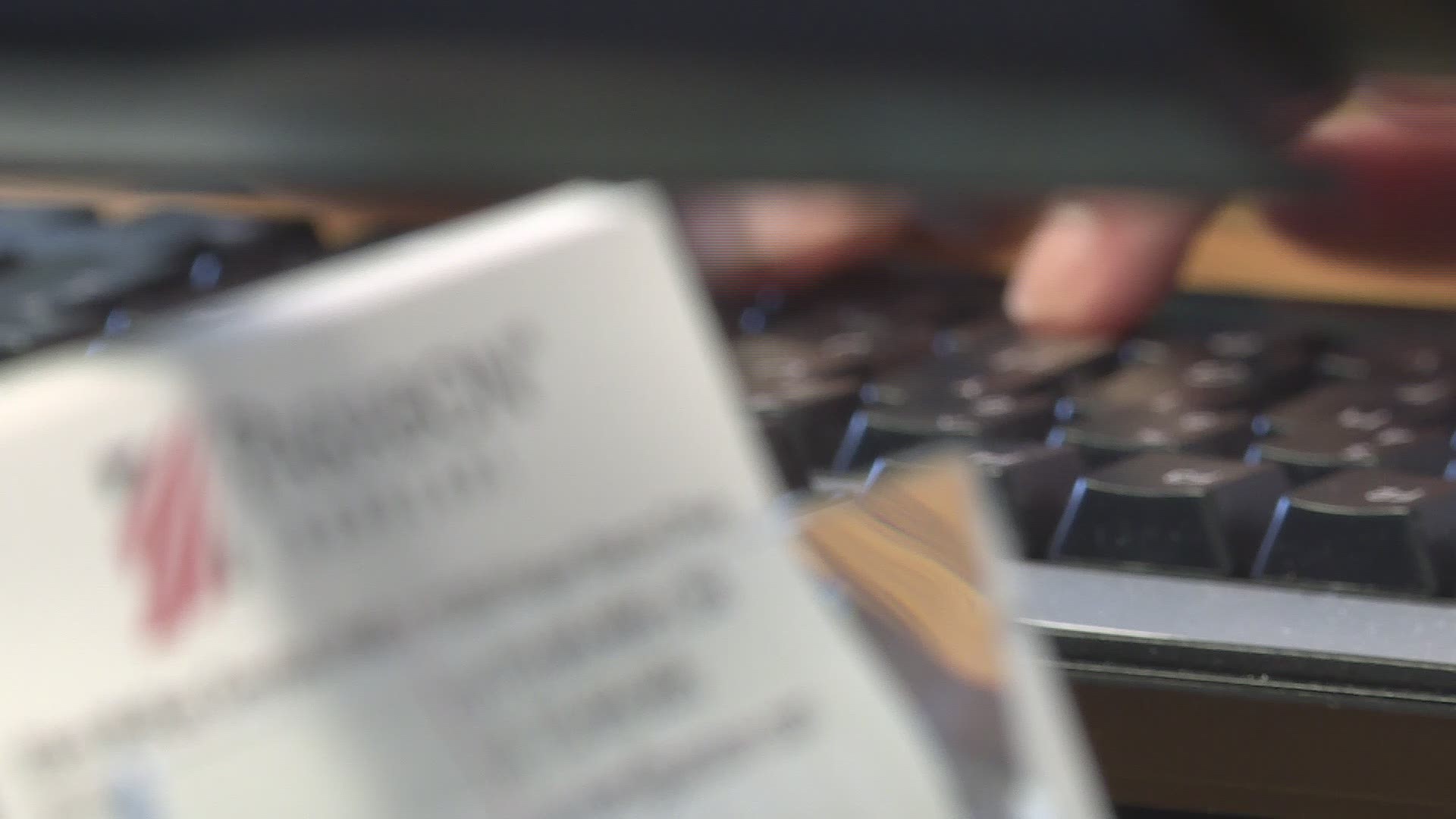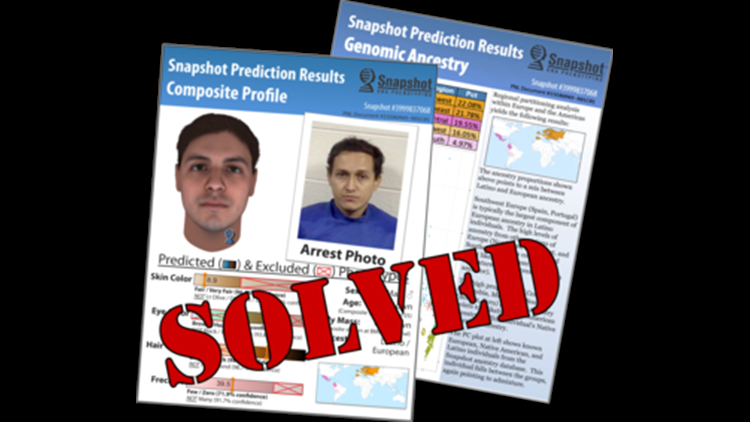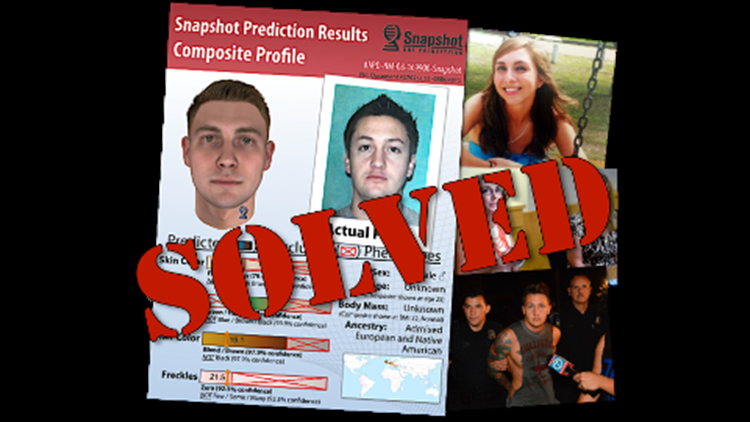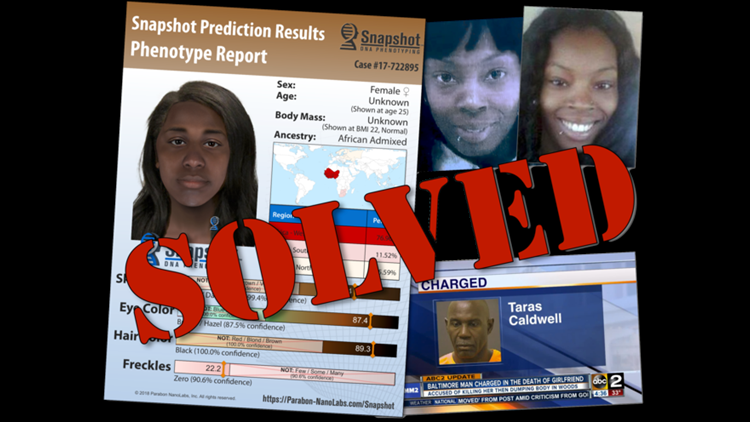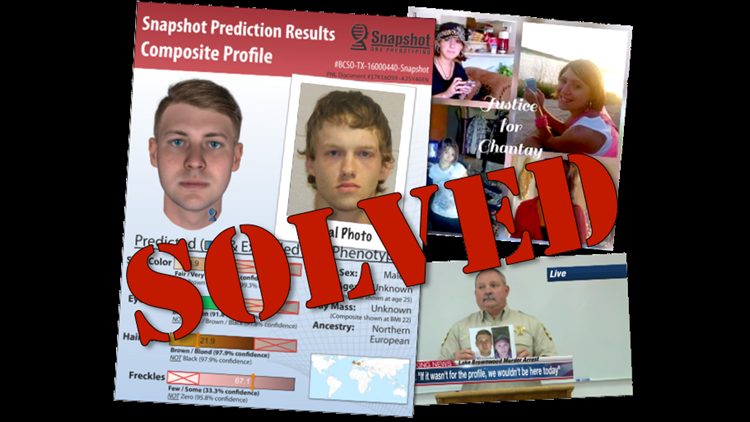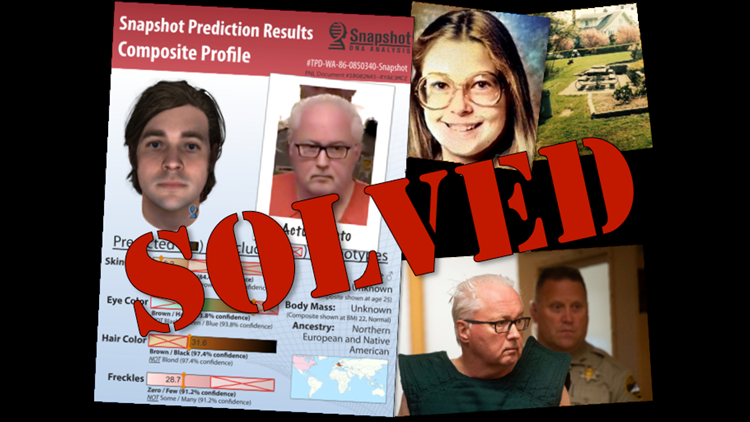RESTON, Va. — In early December, Fairfax County police released a series of drawings. They showed a light-skinned man, at 25-years-old, 40-years-old, and 55-years-old. According to police, these might illustrate the face of a cold case killer.
The sketches were made, using DNA samples, which were left at two crime scenes in 2006. Both victims were in their 70s, and coincidentally both were named Marion. They lived less than two miles away from each other in Springfield, Va. Both victims were sexually assaulted before being killed. Read more on the shocking case here.
The illustrations were created by a Reston-company called Parabon Nanolabs, which specializes in using DNA to solve cold cases. WUSA9 visited the company's office to learn more about this budding technology.
Dr. Ellen Greytak, who works for Parabon Nanolabs, said DNA testing has come a long way.
"Traditionally DNA could only be analyzed to directly match to someone," Greytak said. "So. if police had a suspect, they could compare that suspect to that crime scene to see if they had a match. If they didn’t, that’s all DNA could tell them."

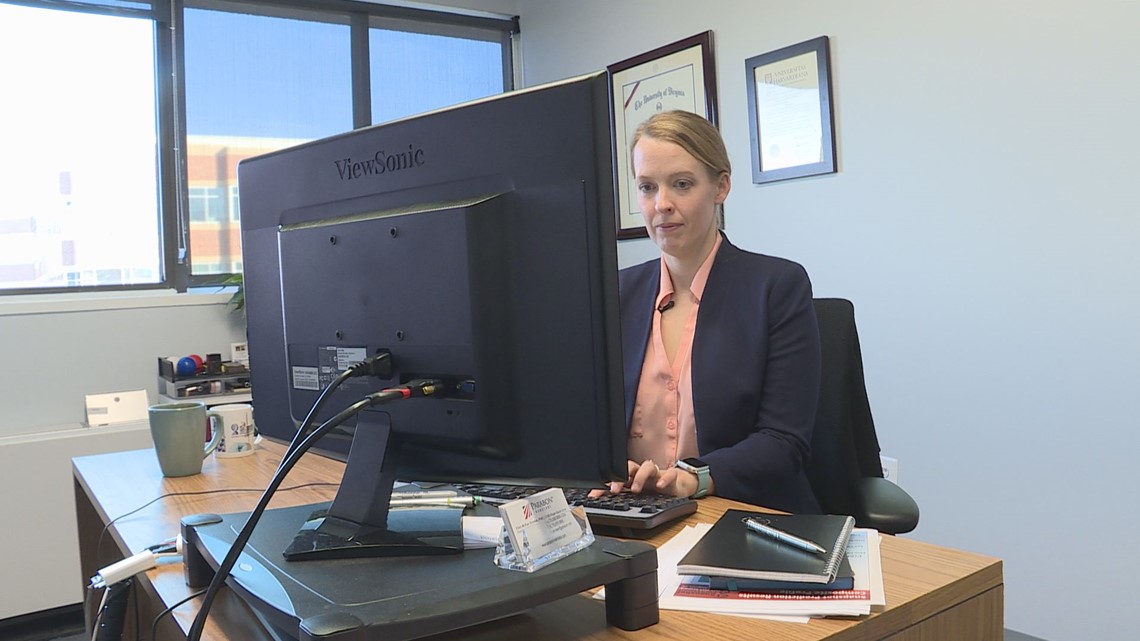
Now, it's very different. The two main techniques are DNA Phenotyping and Genetic Genealogy. Let's break these two techniques down.
DNA Phenotyping:
Nearly every physical attribute we have can be predicted by looking at our DNA. That's essentially what goes into the process of DNA Phenotyping.
"It's predicting what someone looks like from the DNA," Greytak said.
Comparing predictions with reality
For example, our DNA can tell scientists our eye color, skin color, hair color, ancestry, face shape, and much more. At Parabon Nanolabs, they use this information to create a predictive picture of the person in question.
"What we produce is not a photograph," Greytak said. "And it never could be, because if that person went out and got a tattoo tomorrow, then what we produce will not look like them, or if they shave their head, or eat cheeseburgers for 20 years."
The illustrations can be crucial though. They give investigators a better idea of what their suspect looks like. But equally important, they tell investigators what the person definitely does not look like.
Take a case out of Louisiana where a young woman was killed.
"Her phone records from that day were all from Hispanic males," she said. "And so that’s who the detectives had been looking for for six years. And we come around and analyze DNA from the crime scene and find that this is a northern European male with blue eyes."
Genetic Genealogy
Genetic Genealogy is not new. However, scientists have only recently started using the technique in forensic science.
Here's how it works: Scientists compare the DNA of the suspect with the DNA found in public databases, like GED Match. This will allow them to find anybody with related DNA.
Finding close family members, like a parent or sibling, would be incredibly lucky, and is typically not how this process goes. More likely is that scientists will find the DNA of a distant cousin.
This is just half the battle.
This distant cousin might not even know the suspect. And beyond that, any given person may have hundreds of cousins, which would make this a difficult case for investigators.
Here's where it gets interesting: What scientists are looking for is a pair of cousins that are not connected to each other, but are related to the suspect. That would indicate that one of them was on the suspect's mother's side, and the other came from the suspect's father's side.
If police can find the cross-over, they may have cracked the case.
"If we find cousins on both sides," Greytak said. "Cousins who are not themselves related, then there might be only one person,or a set of siblings who are cousins to both of those people."
Technologies Making A Difference:
These two technologies have gained national attention, as it increasingly is being used to crack cold cases. At Parabon Nanolabs, the technology has contributed to the solving of more than 100 cases since 2015.
Greytak said it’s rewarding to see families get the justice they deserve.
"You see them in tears at these press conferences," she said. "And it’s like, they wouldn't be there if it weren't for the work we're doing. It's just incredible."
Paying for these tests can be pricey. WUSA9 was given an estimate of more than $3,000 to do both the DNA Phenotyping and the Genetic Genealogy.

